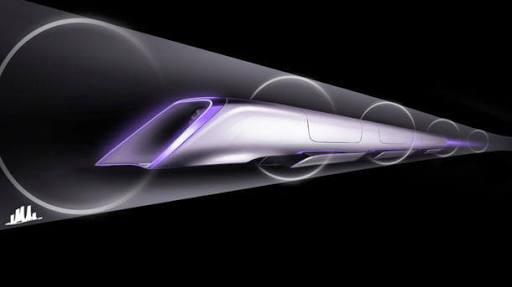
Trains
First and Latest

719 views
0 likes
You will need to sign in before you can comment or like.
Who wouldn't have enjoyed a visit to his or her grandparents' place by train?
The train as we know today, has a rich and interesting history.
A primitive form of railway was the wagonway, the earliest
evidence leads us to the Diolkos highway of ancient Greece,
which transported boats across the Isthmus of Corinth
around 600 BC! Wheeled wagons ran in
limestone grooves, pulled by animals or
people. And it was that durable that it
lasted over 650 years!
Succesors appeared in parts of the Roman
Empire, with stone tracks. The first true railway has many
traces, on which a single horse could drag 130-150kg of coal.
The success of railways compared to roadways was much
because of the lesser energy requirement. The fixing of iron
plates onto wooden rails was short-lived. Slowly, these got
replaced with complete iron, and later, steel.
With James Watt inventing the steam engine, the story of
trains took a big leap. Richard Trevithick later built a full-scale
steam powered locomotive which slowly finished the era of animal powered trains.
Gradually, steam engines were replaced with diesel, and
later, electricity. These were fist used as subways, then as routes to connect major metropolitan
cities. Later, in some countries, bullet and high speed trains were also introduced.

Trains of the future - Vactrains
You siphon the juice up through the straw - that's the odd concept of train design many high developed
commercial countries are after. By sucking, you take in the air present in the tube, which generates a
vacuum; that pulls the juice up. Now just suppose we are putting a whole train instead of the juice! Don't
consider this as a silly idea, the trains inside (called vactrains) can reach speeds above 4000km/h reaching Europe to America in one hour, around the world in 4 hours. These are
planned to be placed on ocean beds, connecting different
continents.
Comments